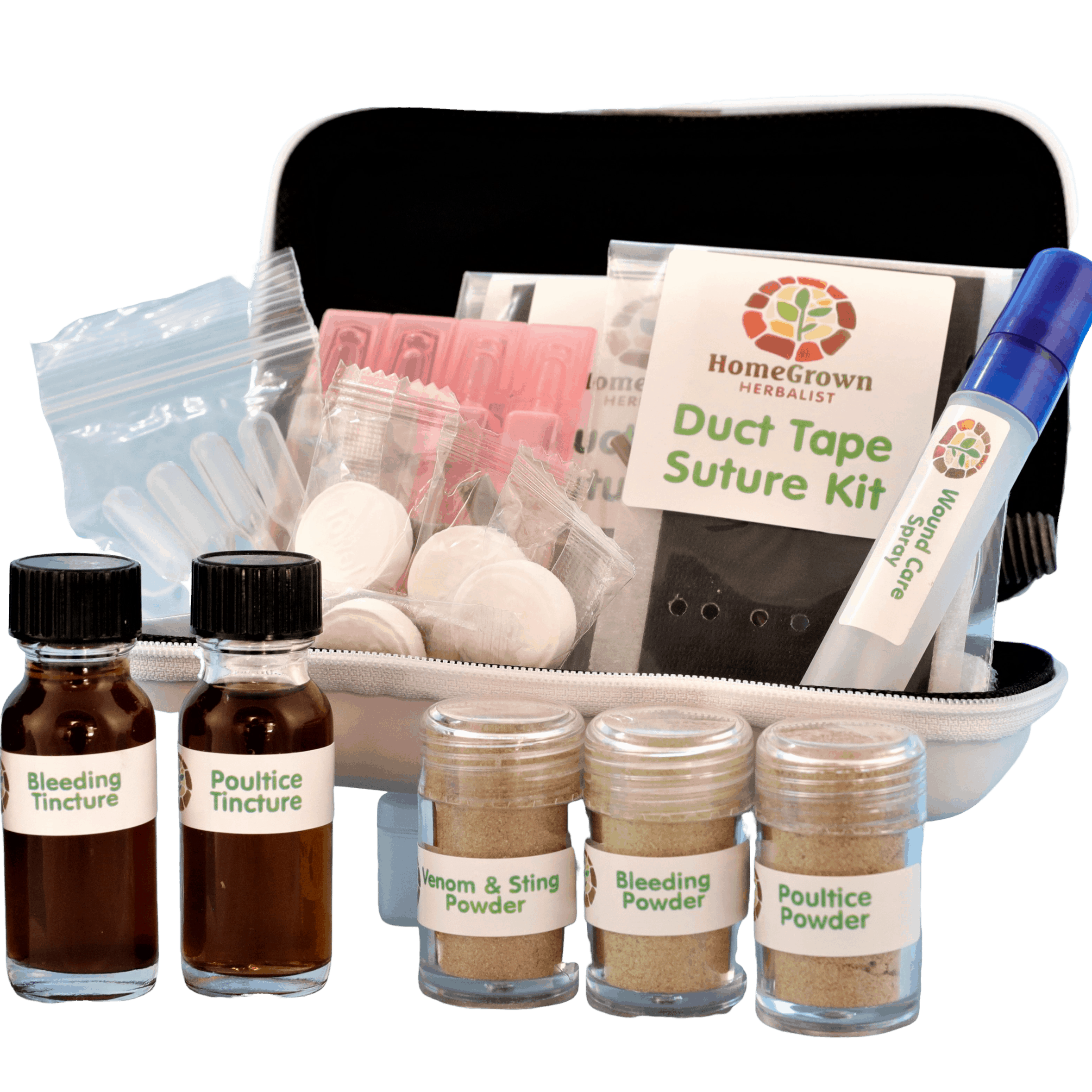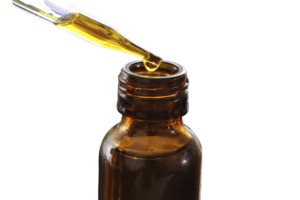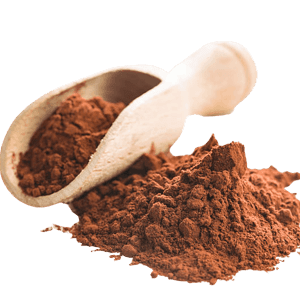Doc's Blog!
Don’t Just Do Something…Stand There!

It was 1991 and I was a senior veterinary student at the Purdue University School of Veterinary Medicine’s Large Animal Hospital. I was standing in a stall “attending” the birth of a foal from a thoroughbred mare. She had been working on things for a bit and was making good progress. Suddenly she gave a last, gentle push and out came the foal. I quickly grabbed some scissors, umbilical tape and iodine to cut and dip the the cord. I felt a gentle hand on my shoulder. It was my old mentor Dr. Boehm who’d been in practice for longer than I’d been alive.
“Don’t just do something” he said softly, “Stand there”.
He then pointed to the mare. The umbilical cord was still attached to both mother and foal and I could see it pulsing rhythmically. It did so for what seemed a long time and then, gradually, the pulsing stopped. “OK” said the old vet “Go ahead”. I tied off the cord, cut it and dipped the navel in iodine. During the time that I was “standing there” a significant amount of placental blood and nutrients was transferred from mare to foal…blood and nutrients that would give him a stronger start on his first day of life. I’ve often reflected on this experience and it has had a significant impact on my practice as a veterinarian and as a naturopath and herbalist.
Modern medicine is about intervention and control. The philosophy is to control outcomes by leaving nothing to chance. According to the Center for Disease Control (note the irony of the name) the rate of caesarean section births in the United States was 32% in 2016. That’s one out of three births. Why so many? Because a caesarian section represents ultimate control over the highest number of variables.
While the “intervention and control” model has its place, I would submit that there is another model, perhaps a better one, that we ought to focus on as natural healers. That model is trusting the body. This model is well-represented by home-birth midwives. A 2005 study of 2000 women that gave birth at home with a certified professional midwife (CPM) showed that 3.7% of those mothers required transport to a hospital for Caesarean section.
So what’s the difference? When a woman under the care of a midwife fatigues during labor and contractions slow or stop, the midwife trusts the body and has the woman take a nap. When rested and refreshed, the mother continues her labor and the baby is born. Contrast this with the “intervention and control” protocol of giving IV oxytocin injections to the exhausted mother that is too tired to continue and whose body is saying so by slowing or stopping contractions. The oxytocin causes powerful uterine contractions that frequently stress the baby. When the baby is stressed, it’s time for a C-section. Simple as that.
My wife is a midwife and has colleagues that run a birth center in The Philippines. Recently, super typhoon Haiyan/Yolanda roared through their community destroying property with high winds, flooding and landslides. In spite of the storm and disastrous conditions, women continued giving birth. The midwifes, who had little in the way of supplies, resources or facilities, set up tents. Within the tents they created a calm, peaceful, safe space for the women. Hundreds of babies were born in these conditions with very few complications. The midwives were amazed to see that simply allowing women to labor and deliver in a calm, peaceful environment provided most of what they needed to give birth safely. These midwives in this circumstance had no choice but to trust the body and allow nature to do what it has done for millennia. And the bodies they were trusting showed them very clearly how things ought to be.
As healers, we would do well to have more respect for the amazing capacity of the body to manage itself. We can support with nutrients and herbs and other modalities but our success will be greatest when we do these things with respect for what the body is trying to do.
A good example of this is the phenomenon of a fever. Fever is the body’s way of debilitating bacteria and viruses so that the body’s immune system can kill them. The intervention and control model uses pharmaceuticals to chemically eliminate the body’s ability to continue in its feverish state. This is contrary to what the body is trying to accomplish. In other words, we’re helping the bugs! Herbalists have similar tools in the form of willow bark and meadowsweet. These plants contain salicylic acid (the active ingredient in aspirin) and work in much the same way as pharmaceutical anti-inflammatories. However, here are other herbs called diaphoretics which also help to eliminate fever but do so in a way that trusts the body. A classic example is yarrow. Yarrow works by briefly intensifying the fever. Once the fever has done its work, it decreases naturally. So, yarrow doesn’t suppress your fever. It actually helps you have a better, more effective fever which, because of its increased intensity and efficiency, doesn’t need to last nearly as long.
If we go back to the horses we can ask “Why do we cut the umbilical cord and dip it in iodine?” The answer is that the foal is being born in a stall and the stall is full of bacteria that could cause an infection because horses poop in it. And why is the horse giving birth in a stall?
Because we want to control everything.
Horses have been foaling for thousands of years without any help whatsoever from humans. Navel infections in foals born outside in grassy fields whose cords were never professionally cut and whose bellies never got sprayed with iodine are almost unheard of. The path of intervention and control always leads to more intervention and control.
As I said before, the intervention and control model has its place. But, the very nature of that model tends to create more and more need for intervention and control until, in some cases, the model itself is causing as many problems as it’s solving.
Modern medicine and natural practitioners alike would do well to trust the body more and follow old Doc Boehm’s advice.
Don’t just do something…Stand there.












